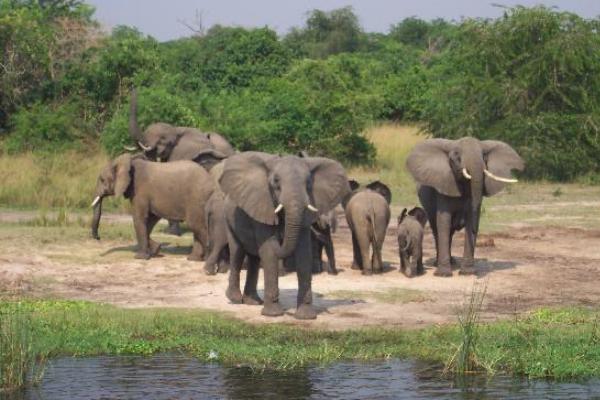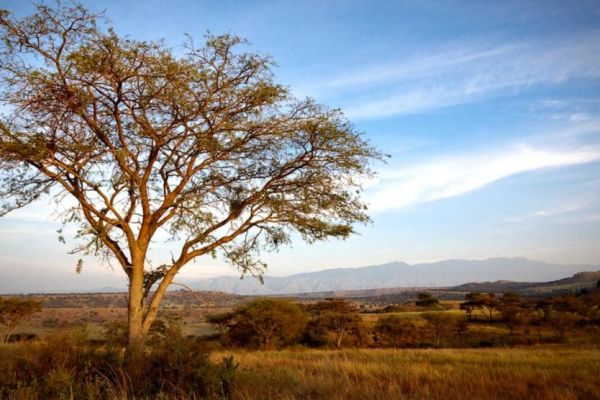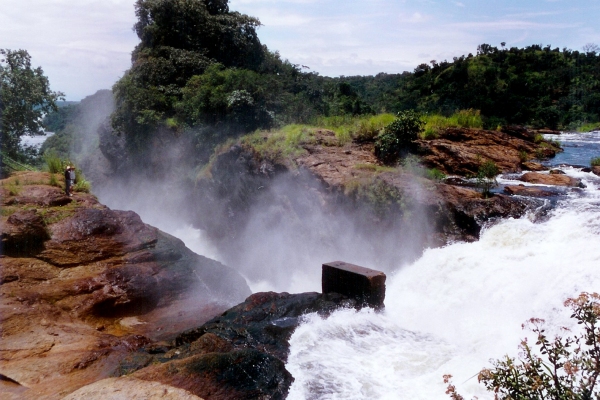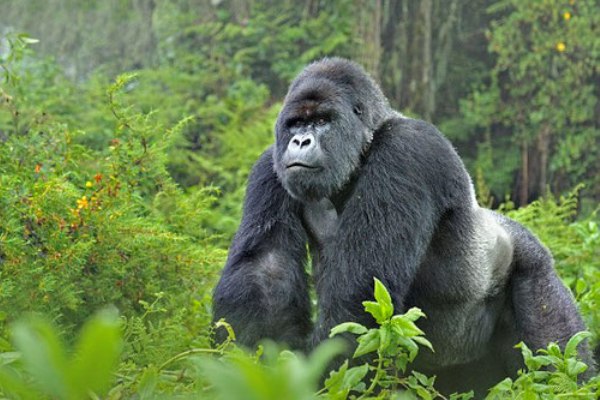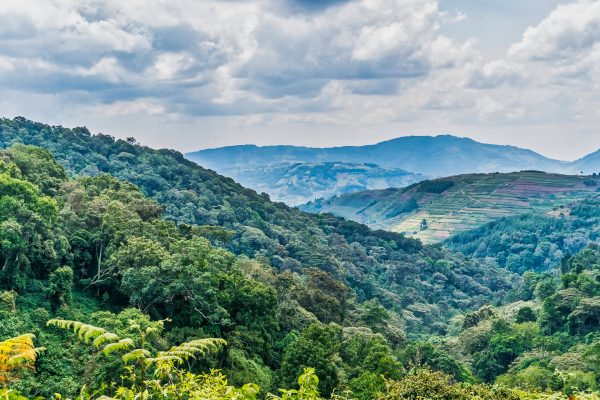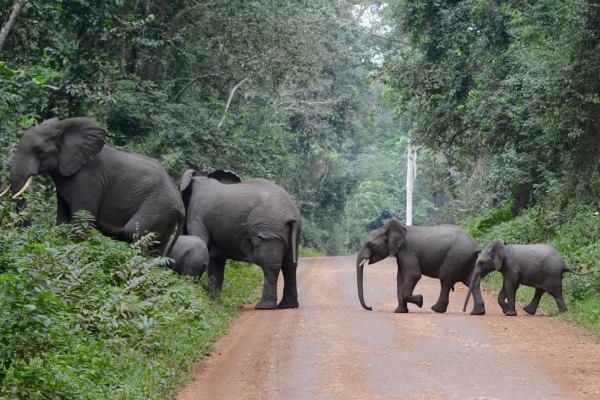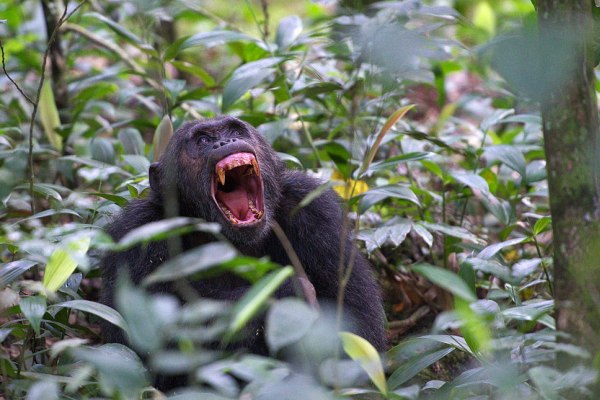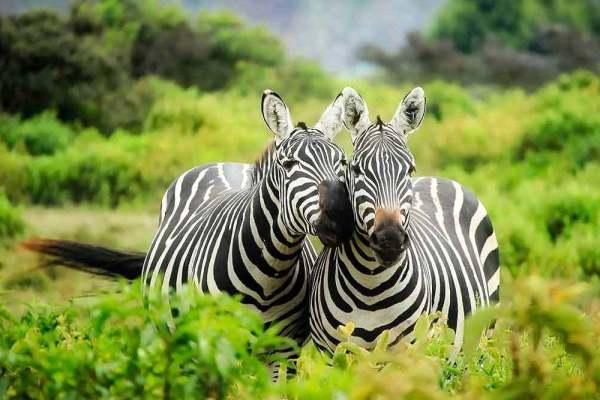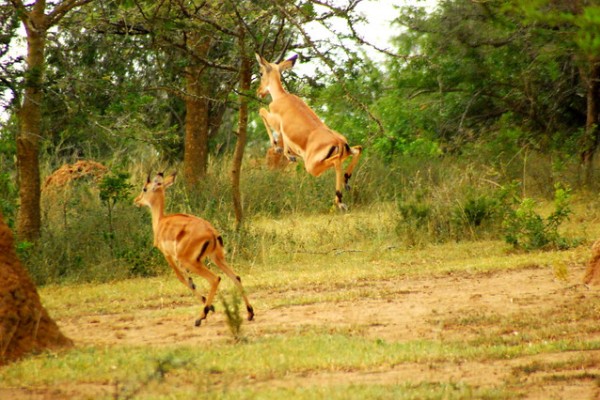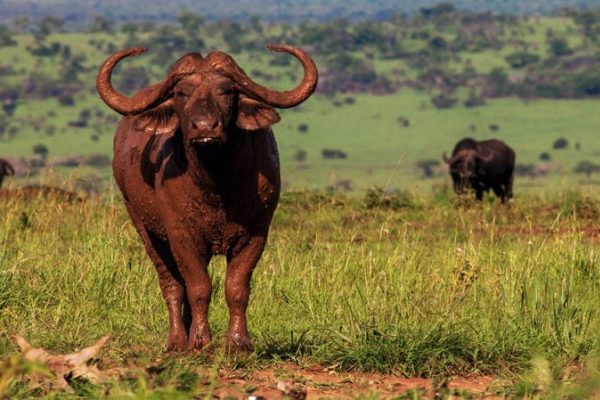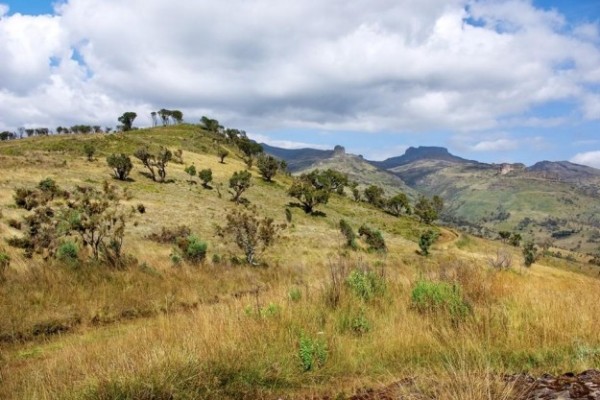Uganda is a landlocked country in East Africa whose diverse landscape encompasses the snow-capped Rwenzori Mountains and immense Lake Victoria. Its abundant wildlife includes chimpanzees as well as rare birds. Remote Bwindi Impenetrable National Park is a renowned mountain gorilla sanctuary. Murchison Falls National Park in the northwest is known for its 43m-tall waterfall and wildlife such as hippos.
Wildlife of Uganda
In many ways, Uganda is one of the most complete game-viewing destinations on earth – boasting the entirety of the Big Five, as well as the immensely popular mountain gorillas and chimpanzees.
Uganda is one of only three places on earth where it is possible to see mountain gorillas in the wild, and one of the best places in the world to go chimpanzee trekking.
While leopards, white rhinoceros, and cheetahs are less common in Uganda than in countries such as Tanzania and Kenya, elephant, lion, and zebra numbers are high.
Gorilla Trekking
Arguably the biggest drawcard for the country’s tourism, gorilla trekking can be done in Bwindi Impenetrable National Park.
Sharing an ecosystem and mountain range with neighbouring Volcanoes National Park in Rwanda, Bwindi is a stunningly beautiful mountain rainforest through which visitors must hike in order to find the gorillas. Guided gorilla treks into the mountains bring visitors up close with these magnificent creatures, as your guides not only lead you to the gorillas but train you in how to react to their behaviour.
There’s no car here – you’re on the ground and close to the animals, and it’s an experience unlike any you’ll find on a conventional safari.


